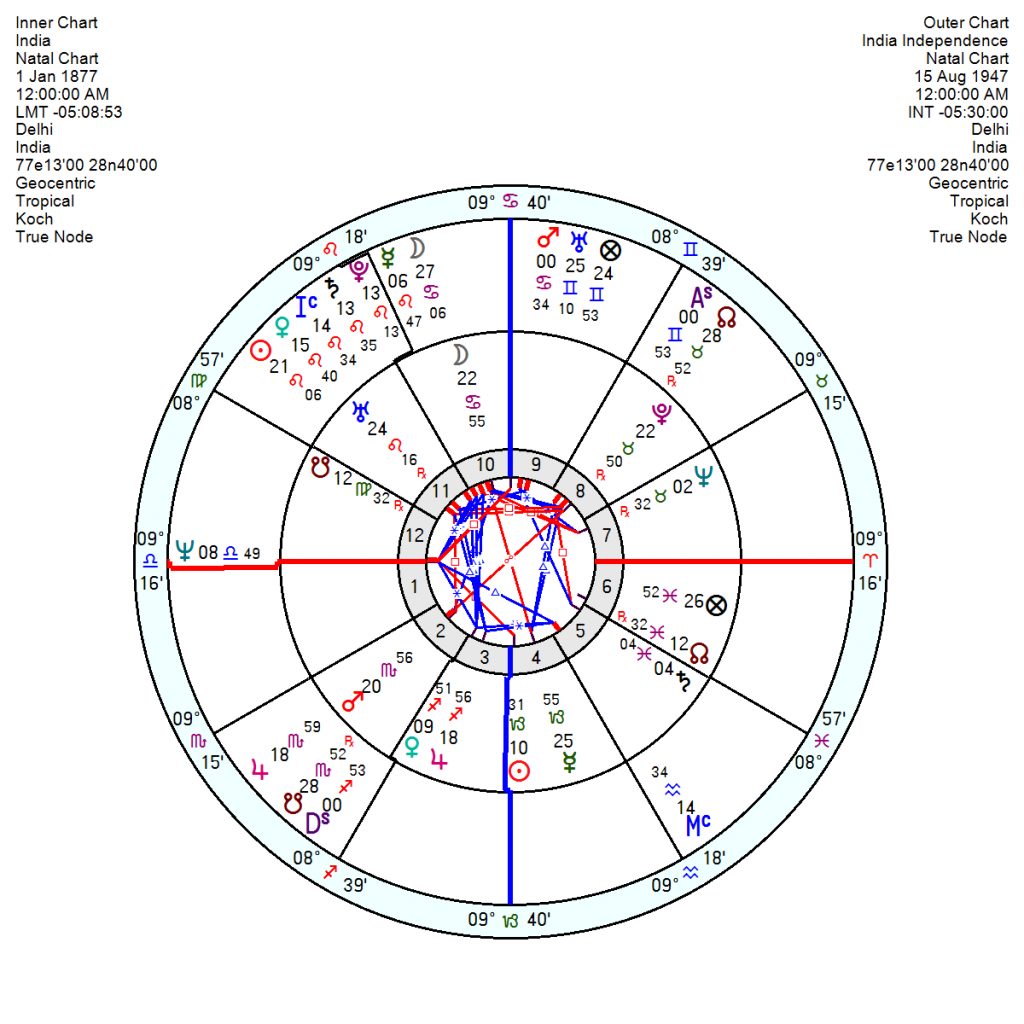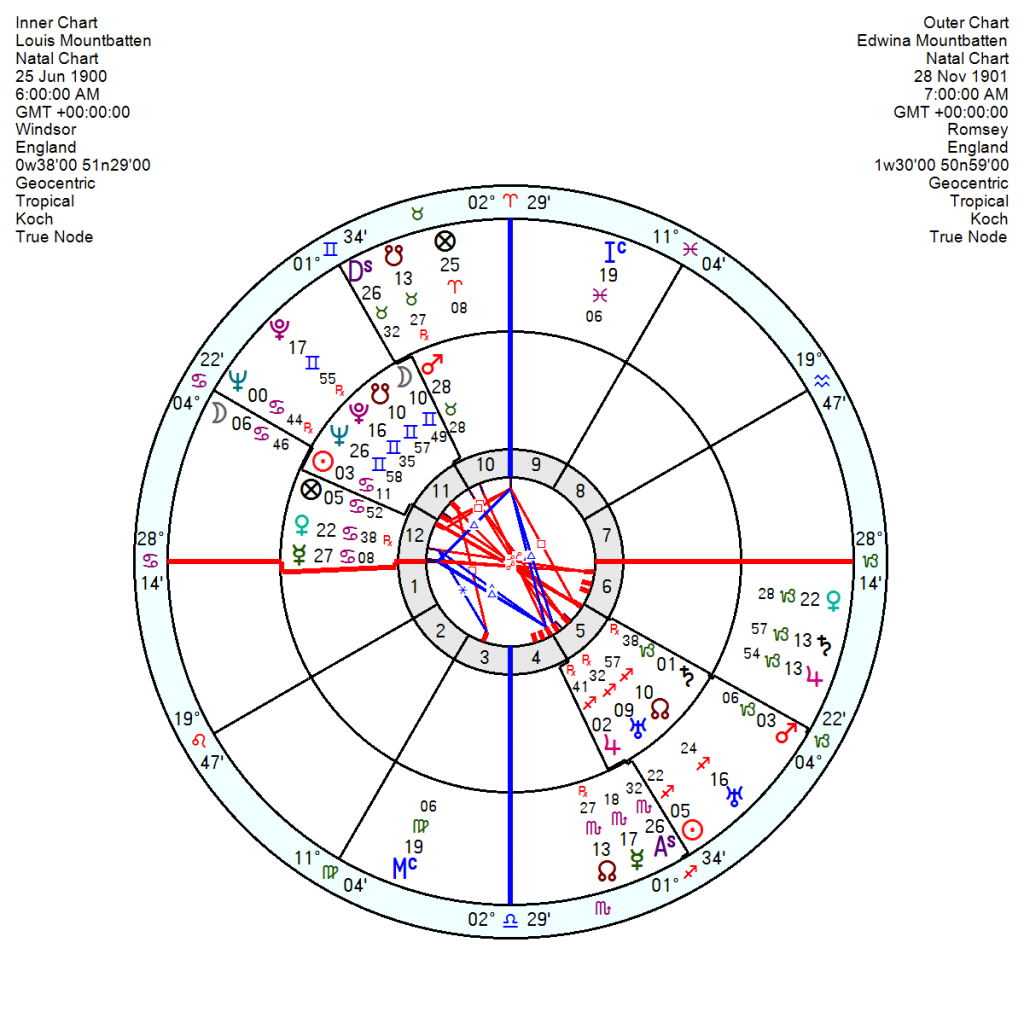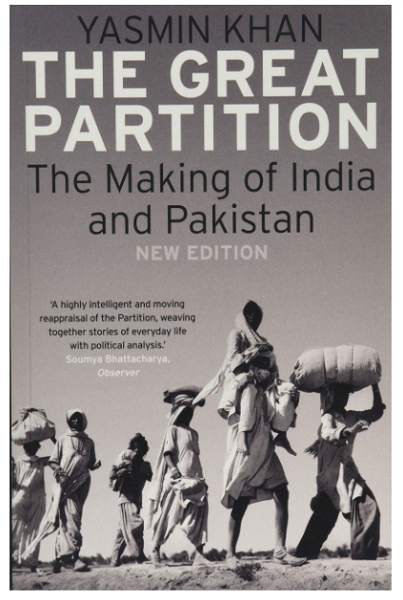



The searing memories of the orgiastic savagery following the partition of Pakistan and India in 1947 are still raw as both countries head for their 75th anniversary. 10 and 20 million people were uprooted at a day’s notice along religious lines, with large-scale violence and an estimated death toll over a million.
A survivor of those times remembers: “People were setting fire to Hindu homes. But Hindus and Sikhs were setting fire to Muslim homes, too. Everyone did it to everyone else.”
Although Lord Louis Mountbatten, Viceroy of India since the February of 1947, has been landed with the blame for a rushed division of the sub-continent, it had been on the cards since the mid 1920s as the Muslims feared they would not be protected if a unified India remained after independence. Though admittedly with WW11 causing a distraction it did end up in a last minute final decision in a typical Brit colonial botch-up of an exit.
Pakistan declared independence on 14th August at 9.30am with India waiting for the midnight into the 15th. Both charts have the heavy Saturn Pluto conjunction in Leo conjunct Venus and Sun in Leo square Jupiter in Scorpio – enduring, stubborn, tough-minded, can be self-destructive. Both have a North Node in Taurus which can give rise to turmoil and long running disputes. The Pakistan chart is more volatile with an explosive Mars Uranus straddling the Midheaven. The India chart has the North Node on the Ascendant creating an identity problem.
The colonial unified India chart which saw Victoria named Empress on 1 January 1877 was never going to either divide or transition easily into a new entity. It had a Fixed, ruthless and controlling Pluto in Taurus opposition Mars in Scorpio square Uranus in Leo which would give rise to barbaric cruelty and extreme resistance to change. There are similarities to the French revolutionary chart which oversaw a period of blood running in the streets.
Muhammad Ali Jinnah, who campaigned for a separate Pakistan state and became the first Governor-General was born on 25 December 1876, six days before India was unified, so he had a similar chart – do-or-die-determined, stubborn to the nth degree and a trailblazer/innovator and status-quo-upsetter.
Jawaharial (Pandit) Nehru, a secular, anti-colonial nationalist, who became India’s first prime minister in 1947, is the name best known from that period. Born 14 November 1889 11.36pm Allahabad, he had like Louis Mountbatten the mesmerising and ambitious Neptune Pluto in Gemini of the time. In Nehru’s case it was in his 10th house of career, bringing him to great prominence.
Nehru and Jinnah were never going to agree since Jinnah’s Pluto was conjunct Nehru’s MC and his Uranus on Nehru’s Ascendant and all in hard aspect to Nehru’s Scorpio Sun.
The rumour mill had it that Nehru was romantically involved with Edwina Mountbatten (who was a lady who certainly got around) and even that Mountbatten himself pitched in as a ‘throuple’ (given his proclivities nothing would surprise me.)
Mountbatten, 25 June 1900 6am Windsor, was a Sun Cancer conjunct Neptune opposition Saturn; with a disruptive Moon Pluto South Node opposition Uranus; and Mars in late Taurus – an unstable personality and emotionally disorganised.
He certainly had a strong and fated connection to Nehru with Mountbatten’s Sun exactly conjunct Nehru’s North Node and opposition Nehru’s Jupiter. And their relationship chart was highly emotional as well as complex and aggravated.
Edwina Mountbatten, 28 November 1901 7am Romsey, England, was described by one of her daughters as “a man eater” and had many lovers throughout the marriage, leaving her children in the care of nannies to travel with her paramours. Her husband appeared to accept the situation and often welcomed them into the family home.
Like her husband, she had a see-saw chart with an upfront Sagittarius Sun; a deeply buried 8th house Moon Neptune opposition Mars; and the rebellious Pluto opposition Uranus. Another chaotic and unstable personality – what a marriage.
The Mountbattens are only footnotes in India/Pakistan’s troubled relationship history but ironically their messy, shambles of a marriage in a tiny way mirrored the greater disarray of the partition at which they were principal bystanders.
I can’t get all worked up in anti-colonial rage since all super-powers have always acted badly through the aeons since the beginning of time. And there were some pluses left behind. But the screw-ups caused by the collapse of the British empire still causing grief today are legion – India/Pakistan and the unresolved Kashmir problem; Palestine; Hong Kong; Kenya/Zimbabwe; Aden/Yemen; Burma/Myanmar; Northern Ireland/Ireland (not quite colonial but certainly interference from the mainland).

Nehru was a rare statesman who believed what he said, and what he believed was the best of mankind. Of course he was a dreamer, as the 1962 war tells us.
“Although Lord Louis Mountbatten, Viceroy of India since the February of 1947, has been landed with the blame for a rushed division of the sub-continent, it had been on the cards since the mid 1920s as the Muslims feared they would not be protected if a unified India remained after independence”
The rulers of India before the British were the Mughals. The British had a divide and rule policy in Bengal post 1857 aimed at exacerbating religious divisions. Mountbatten encouraged the separation to make sure Europe was never threatened (he said as much), and Gandhi gave into it to mitigate the riots that nonetheless happened.
However, surely, Mountbatten would not have had the final say. As the PM in Downing Street would have had to sign it off. It appears to me that this is conveniently forgotten. The Royals and their relations did not have the power and perhaps Mountbatten was chosen as the scapegoat?
The Prime Minister then was Clement Attlee, 3 January 1883.
It’s interesting to see how his planets connect with those for India 1877. Sun/Sun, Mercury/Mercury, Venus/Venus. And then Attlee’s Grand Trine in Earth sits with India’s Mercury trine Pluto – Attlee had 23 Capricorn Mercury, Pluto 28 Taurus, Saturn 19 Taurus, Neptune 16 Taurus, and Uranus 23 Virgo. Attlee’s Chiron is 23 Taurus too.
So I suspect that (fairly obviously) colonial India would have felt very familiar to Attlee, beyond the familiarity of having grown up with India as part of Empire. The Moon’s Nodes for India Independence are conjunct Attlee’s Pluto in Taurus, which seems quite fateful or significant too.